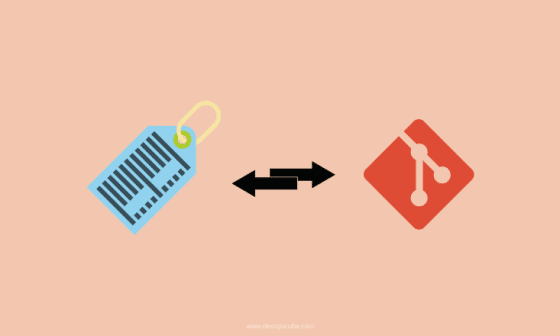

In smaller projects, you can simply do this in a text editor and search for the date you want, then find a good commit sha-1 hash to checkout (i.e. The git checkout command is used to switch between branches in a repository. git log git log git checkout -b remix Switched to. git add Tools/GITTest/GITSuccess.txt git commit -m Tools. git log git add filename git commit -m restoring filename from first commit. Then you specify the Git user name and email. The simplest is to find the closest commit by viewing the output of git log. Stage and Commit your work to the branch to record your changes to your clone. You use Git to clone and initialize a copy of your empty CodeCommit repository inside of that directory. Since this behavior cannot, to my knowledge, be turned off, I avoid this method and use other ways to checkout the repo as it existed on a certain date. A checkout will change the current branch Specifically, it will checkout the files from the repository for a branch in the working directory to match the. So, we get the warning that HEAD only goes back to Feb 22, but then git goes ahead and checks us out anyway! If you were not paying attention-perhaps because you only glanced over that perfectly ordinary looking last line-you might not realize that the checkout you received is not what you requested.

Bucardo now accepts pg_service for databases

If you want to create a new branch to retain commits you create, you mayĭo so (now or later) by using -b with the checkout command again. State without impacting any branches by performing another checkout. Once you checked out a previous hash git log no more shows the next commits, we end up rebasing or resetting, but git provides a way to see all the commits, and we can checkout the next commits too from a previous state. You can look around, make experimentalĬhanges and commit them, and you can discard any commits you make in this Warning: Log for 'HEAD' only goes back to Sat, 11:47:33 -0500. We then use the git checkout branch to switch to the branch named branch2.$ git checkout 17 2014}' # do not do this Here the asterisk is escaped to prevent shell expansion. Then, fetch all files from a commit (get the commit SHA using git log ): git checkout 1234567. You can also use git rm -f, but pay attention to. We use the git branch command to display a list of available branches. First, remove all files using rm ( be careful not to remove.
#Git checkout commit code
On the other hand, the git checkout command is used to switch between code already on the local repository. The git clone command is used to get the code from the remote repository to the local repository. The first commit on this branch will be the root of a new history and will have no parent. -orphan: Create an orphan branch and switch to it.-no-track: Do not set up the upstream configuration.-track: Set up the upstream configuration.-f: Force the branch switch even if even if the working directory differs from the HEAD.-B: Create a new branch if the branch does not exist.
you can switch to that commit by git checkout-progress: Report the progress status. To go the first commit of the repo, do git checkout master git log -reverse The first entry in the output is the first commit.-q: Quietly switch the branch without showing any output. You can to first fetch all remote branches (automatically including the one that has your desired commit) to your local.The options we can use with git checkout command include: This is an essential feature to using git submodules If you cant do it via the gui, you have to revert to using the command line to get the specific commit.


 0 kommentar(er)
0 kommentar(er)
